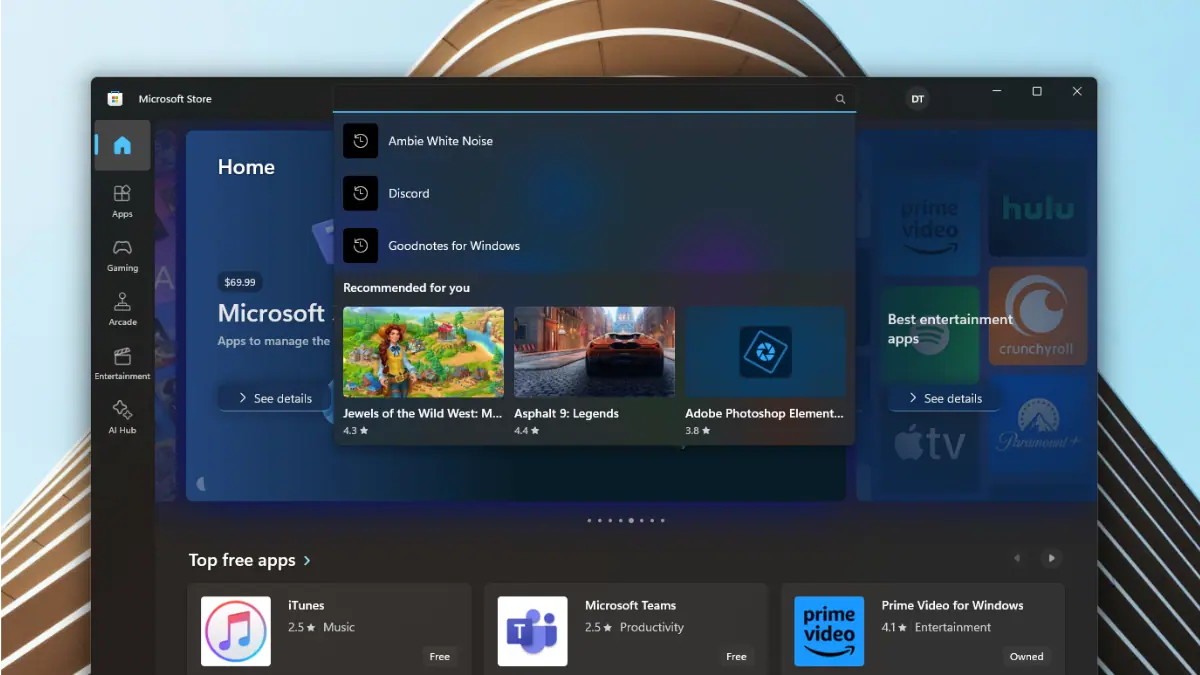DisplayMate says the Samsung Galaxy S10 has the best smartphone display ever
5 min. read
Published on
Read our disclosure page to find out how can you help MSPoweruser sustain the editorial team Read more

Samsung has been developing a deserved reputation for building the best mobile displays, with the screens showing up in the handsets of many other companies, including Apple.
The Korean chaebol appears to have kept the very best displays for themselves, however, going by DisplayMate’s most recent test of the Samsung Galaxy S10.
The found the display has record contrast, colour accuracy, brightness, viewing angles and more, setting over a dozen new Smartphone Display Performance Records, and earning DisplayMate’s highest ever A+ grade.
The handset features such innovations as “diamond pixels”, which uses sub-pixels of varying size based on the emission efficiency or red, blue and green subpixels, and front and rear-facing ambient light sensors. They laud the Samsung Galaxy S10’s following features:
- A State-of-the-Art Curved Screen Flexible OLED display that is manufactured on a flexible plastic substrate so that it can bend around corners on both sides of the phone to provide two curved Edge Display areas that can be viewed and controlled from both the front or the sides. While the OLED display itself is flexible, the screen remains rigid under an outer hard cover glass.
- AFull Screen design with a large 6.1 inch OLED display that fills almost the entire front face of the Galaxy S10 from edge-to-edge, providing a significantly larger display for the same phone size. The Galaxy S10 display is 10% larger in screen area than the Galaxy S9 due to much smaller bezels and borders, providing a Screen-to-Body Ratio of 90%, compared to 85% for the Galaxy S9. The Home button and Navigations buttons are now incorporated within the touchscreen display.
- A new display form factor with a taller height to width Aspect Ratio of 19 : 9 = 2.11, which is 19% larger than the 16 : 9 = 1.78 on most Smartphones (and widescreen TVs) because the display now has the same overall shape as the entire phone. It is taller in Portrait mode and wider in Landscape mode. This provides extra space for Notifications and for displaying multiple Apps and content simultaneously on-screen side-by-side.
- 3K High Resolution 3040 x 1440 Full HD+ Display with 550 pixels per inch, and Diamond Pixels with Sub-Pixel Rendering for enhanced sharpness and higher Peak Brightness.
- The Galaxy S10 display appears Perfectly Sharp for normal 20/20 Vision at Typical Smartphone Viewing Distances of 10 to 18 inches (25 to 46 cm).
- Very Low Screen Reflectance of 4.4 percent.
- Image Luminance that is Independent of the on-screen Image Content.
- High Brightness Mode with 100% APL Full Screen Peak Display Brightness of 804 nits, which is 17 percent higher than the Galaxy S9, and significantly improves screen visibility in very high Ambient Light, and also provides the high screen Brightness needed for HDR..
- Very High Absolute Color Accuracy(0.4 JNCD) that is Visually Indistinguishable From Perfect.
- Very High Image and Picture Contrast Accuracy and Intensity Scale Accuracy(2.20 Gamma) that is Visually Indistinguishable From Perfect.
- Color Accuracy and Intensity Scales that are Independent of the Image Content.
- Automatic Color Management that automatically switches to the proper Color Gamut for any displayed image content that has an ICC Profile within the OLED Wide Color Space, so images automatically appear with the correct colors, neither over-saturated or under-saturated.
- 2 Industry Standard Calibrated Color Gamuts: the sRGB / Rec.709 Color Gamut that is used for most current consumer content, and the new Wide DCI-P3 Color Gamut that is used in 4K Ultra HD TVs. The DCI-P3 Gamut is 26 percent larger than the sRGB / Rec.709 Gamut.
- 2 Selectable Screen Modes that provide user control of the color from the Accurate Natural Mode to the Vivid Mode.
- A full100% DCI-P3 Color Gamut with the Natural mode that is also used for 4K Ultra HD TVs, so the Galaxy S10 can display the latest high-end 4K video content. The DCI-P3 Gamut is 26 percent larger than the Rec.709 Gamut that is used in 2K Full HD TVs.
- A larger Native Color Gamut with a new high saturation “Deep Red” OLED, resulting in a very impressive 113% of DCI-P3 and 142% of sRGB / Rec.709 Gamuts that also provides much better on-screen Colors in High Ambient Light.
- A new Blue OLED with an improved light spectrum that reduces the amount of potentially harmful very short wavelength Blue Light while still maintaining the same full wide Color Gamut.
- A Night Mode with a Blue Light Filter that allows the user to adjust and reduce the amount of blue light from the display for better night viewing and improved sleep.
- AVideo Enhancer that provides HDR-like Expanded Dynamic Range for all videos that don’t have HDR coding.
- High Dynamic Range Mobile HDR10+ Displaywhich allows the Galaxy S10 to play 4K High Dynamic Range content produced for 4K UHD TVs. The Galaxy S10 has the new enhanced Mobile HDR10+ that supports Dynamic Metadata and Tone Mapping.
- Front and back Dual Ambient Light Sensors for significantly improved Automatic Brightness settings.
- User Adjustable White Point with Color Balance slider controls that can change the color of White for the Vivid mode.
- Always On Displaymode and Personalized Auto Brightness Control.
- Small Color Shifts and Brightness Shifts with Viewing Angle, particularly White, which is the most used background color.
- Vision Accessibility Display Modesto help people with vision impairments.
- The Galaxy S10 can be used with Polarized Sunglasses in both the Portrait and Landscape orientations unlike LCDs, which generally work in only one of the two orientations.
- A strong curvedGorilla Glass 6 protecting the display.
DisplayMate notes that LCD panels can simply not compete with OLED displays anymore, and suggest all high-end handsets should have OLED screens.
Read their full and detailed test here and pick up the phone with the best mobile screen in the world at Amazon here.








